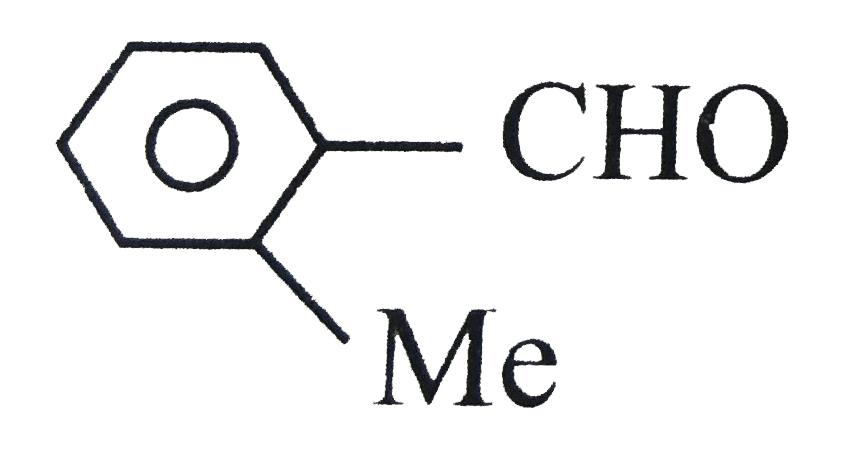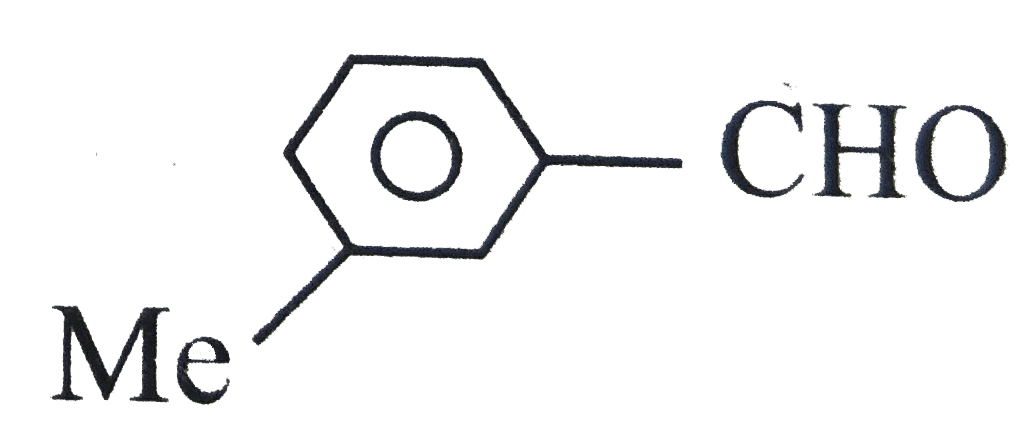Name the chief forms of the occurrence of the following in the earth's crust :
(i) aluminium (ii) calcium (ii) sodium (iv) lead
To answer the question regarding the chief forms of occurrence of the specified elements in the Earth's crust, we can break it down into the following steps:
1. Aluminium:
- The chief form of aluminium found in the Earth's crust is bauxite.
- Bauxite is an ore that primarily consists of aluminium oxide, with the chemical formula Al₂O₃·2H₂O.
2. Calcium:
- Calcium mainly occurs in the form of limestone in the Earth's crust.
- The chemical composition of limestone is represented as CaCO₃ (calcium carbonate).
3. Sodium:
- Sodium is predominantly found in the form of sodium chloride, commonly known as table salt.
- Sodium chloride has the chemical formula NaCl and is abundant in seawater.
4. Lead:
- The chief form of lead in the Earth's crust is found as galena.
- Galena is a mineral that has the chemical formula PbS (lead sulfide).
Summary of Chief Forms:
- (i) Aluminium: Bauxite (Al₂O₃·2H₂O)
- (ii) Calcium: Limestone (CaCO₃)
- (iii) Sodium: Sodium Chloride (NaCl)
- (iv) Lead: Galena (PbS)
---
- The chief form of aluminium found in the Earth's crust is bauxite.
- Bauxite is an ore that primarily consists of aluminium oxide, with the chemical formula Al₂O₃·2H₂O.
- Calcium mainly occurs in the form of limestone in the Earth's crust.
- The chemical composition of limestone is represented as CaCO₃ (calcium carbonate).
- Sodium is predominantly found in the form of sodium chloride, commonly known as table salt.
- Sodium chloride has the chemical formula NaCl and is abundant in seawater.
- The chief form of lead in the Earth's crust is found as galena.
- Galena is a mineral that has the chemical formula PbS (lead sulfide).
- (i) Aluminium: Bauxite (Al₂O₃·2H₂O)
- (ii) Calcium: Limestone (CaCO₃)
- (iii) Sodium: Sodium Chloride (NaCl)
- (iv) Lead: Galena (PbS)
Topper's Solved these Questions
- GENERAL PRINCIPLES AND PROCESSES OF ISOLATION OF ELEMENTS BOOK - ICSECHAPTER - GENERAL PRINCIPLES AND PROCESSES OF ISOLATION OF ELEMENTS EXERCISE - EXERCISE (PART-II ( DESCRIPTIVE QUESTIONS )) (LONG ANSWER QUESTIONS)
53 Videos
- GENERAL PRINCIPLES AND PROCESSES OF ISOLATION OF ELEMENTS BOOK - ICSECHAPTER - GENERAL PRINCIPLES AND PROCESSES OF ISOLATION OF ELEMENTS EXERCISE - ISC EXAMINATION QUESTIONS ( PART - I (OBJECTIVE QUESTIONS)) (Complete the following statements by selecting the correct alternative from the choices given : )
9 Videos
- GENERAL PRINCIPLES AND PROCESSES OF ISOLATION OF ELEMENTS BOOK - ICSECHAPTER - GENERAL PRINCIPLES AND PROCESSES OF ISOLATION OF ELEMENTS EXERCISE - EXERCISE (PART-II ( DESCRIPTIVE QUESTIONS )) (VERY SHORT ANSWER QUESTIONS)
288 Videos
- ELECTROCHEMISTRYBOOK - ICSECHAPTER - ELECTROCHEMISTRYEXERCISE - ISC EXAMINATION QUESTIONS (PART-II Numerical Problems)
19 Videos
- HALOALKANES AND HALOARENES BOOK - ICSECHAPTER - HALOALKANES AND HALOARENES EXERCISE - SOURCE
9 Videos
Similar Questions
Name the chief forms of the occurrence of the following in the earth's crust :
(a) Aluminium
(b) Calcium
( c) Sodium
(d) Lead.
View SolutionName the chief forms of occurrence of magnesium in nature.
View SolutionReactivity of PhMgBr with the following in the decreasing order is :
(i) PhCHO
(ii)
(iii)
(iv) .
.
View SolutionName the causative organism and preventive measures for each of the following:
(i) Swine flu (ii) Typhoid
(iii) Filariasis (iv) Syphilis
View SolutionName one other element for each which is in the same group as
(i) carbon (ii) fluorine (iii) sodium
View SolutionGive the nature of bonding in the following solids :
(i) ice (ii) iodine (iii) copper (iv) calcium oxide.
View SolutionState the type of Bonding in the following molecules:
(i) Water (ii) Calcium oxide
View SolutionComplete the following reaction : i.

ii.
iii.
iv.
View SolutionGive the nature of bonding in the following types of solids.
(i)Copper (ii) water (iii) sodium chloride (iv) graphite.
View SolutionName the digestive juices secreted by the following organs : (i) Mouth (ii) Pancreas (iii) Stomach (iv) Small intestine
View Solution
